
A. Cressy Morrison, an accomplished chemist and former chairman of the New York Academy of Sciences, wrote an article entitled, “Seven Reasons Why I Believe in God.” This is what he said:
“Consider the rotation of the earth. Our globe spins on its axis at the rate of one thousand miles an hour. If it were just a hundred miles an hour, our days and nights would be ten times as long. The vegetation would freeze in the long night or it would burn in the long day; and there could be no life.”
“Consider the heat of the sun. Twelve thousand degrees at surface temperature, and we’re just far enough away to be blessed by that terrific heat. If the sun gave off half its radiation, we would freeze to death. If it gave off one-half more, we would all be crispy critters.”
“Consider the slant of the earth—23 degrees. If it were different than that, the vapours from the oceans would ice over the continents. There could be no life.”
“Consider the moon. If the moon were fifty thousand miles away rather than its present distance, twice each day giant tides would inundate every bit of land mass on this earth.”
“Think of the crust of the earth. Just a little bit thicker and there could be no life because there would be no oxygen. Or the thinness of the atmosphere was just a little thinner, the millions of meteors now burning themselves out in space would plummet this earth into oblivion. These are reasons why I believe in God.”
To say that a finely tuned universe just happened is about as credible as saying Webster’s Unabridged Dictionary was accidentally published because of an explosion in a printing factory, or that a Boeing 747 was assembled when a tornado swept through a junk yard.
This same God who created our universe with such precision, became flesh and dwelt among us. The One who became flesh and dwelt among us, created a variety of responses—some loved Him; others hated Him intensely. The hatred was so intense that they crucified Him on a cross. God amazingly used this hatred to fulfill His own plans so you and I could have a relationship with Him. He intervened again in the natural order of life and death, this time with the reality of Christ’s resurrection.
 There is plenty of historical and archaeological evidence for the life, death and resurrection of Jesus Christ. When we stood at The Garden Tomb in Jerusalem in March of 2012, I tried to wrap my head around the reality of Christ’s resurrection.
There is plenty of historical and archaeological evidence for the life, death and resurrection of Jesus Christ. When we stood at The Garden Tomb in Jerusalem in March of 2012, I tried to wrap my head around the reality of Christ’s resurrection.
The Apostle Paul summarizes the Good News of Jesus Christ in 1 Corinthians 15:1-8:
“Now, brothers, I want to remind you of the gospel I preached to you, which you received and on which you have taken your stand. By this gospel you are saved, if you hold firmly to the word I preached to you. Otherwise, you have believed in vain. For what I received I passed on to you as of first importance: that Christ died for our sins according to the Scriptures, that he was buried, that he was raised on the third day according to the Scriptures, and that he appeared to Peter, and then to the Twelve. After that, he appeared to more than five hundred of the brothers at the same time, most of whom are still living, though some have fallen asleep. Then he appeared to James, then to all the apostles, and last of all he appeared to me also, as to one abnormally born.” —NIV
The Bible’s judicial system and our country’s judicial system are based upon the premise that a conviction of crime rests upon having sufficient evidence. Without credible witnesses, an accusation or a claim is not accepted as a fact. The Apostle Paul played a key role in establishing the church in Corinth a few years earlier; however, since teachers were denying the resurrection of Christ, it was time to revisit the facts.
If two or three credible witnesses can be found who agree on the critical facts of a crime, then a judge or a jury is almost certain to believe them. More than 500 witnesses could testify to the reality of Christ’s resurrection!
I have found that many skeptics disbelieve the reality of Christ’s resurrection; not because of sound, logical arguments they have thought through, but because they don’t want to face the reality of a Supreme Being to whom they will answer.
How would you have responded to the empty tomb 2,000 years ago? How do you respond to the empty tomb today?
When we stood inside The Garden Tomb, I tried to grasp the results of Christ’s resurrection.
 The resurrection of Jesus Christ has profound implications for our faith and for how we live each day. The Apostle Paul goes on to say in 1 Corinthians 15:14-34 that if Christ has not been raised, our preaching is useless and so is our faith. However, Paul and the other apostles were so convinced of Christ’s resurrection that they gave their lives in service to Him.
The resurrection of Jesus Christ has profound implications for our faith and for how we live each day. The Apostle Paul goes on to say in 1 Corinthians 15:14-34 that if Christ has not been raised, our preaching is useless and so is our faith. However, Paul and the other apostles were so convinced of Christ’s resurrection that they gave their lives in service to Him.
Why should the missionary team with Paul keep on endangering their lives if death is really the end? If this life is all there is, why not live by the maxim, “Let us eat and drink, for tomorrow we die?” (1 Corinthians 15:32)
What do we do because we too believe in Christ’s resurrection? How would our lives be different if we were to abandon this hope of our own resurrection one day?
Take a step back and consider the reality and the results of Christ’s resurrection. Our faith is built upon the risen Christ. Let our Lord’s resurrection change the way you live today.

Allan Pole
CESLM President
al@eslcooperative.ca






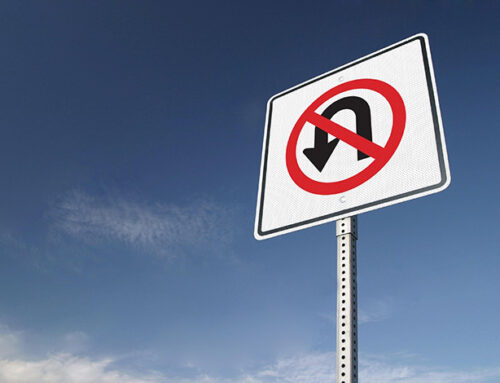


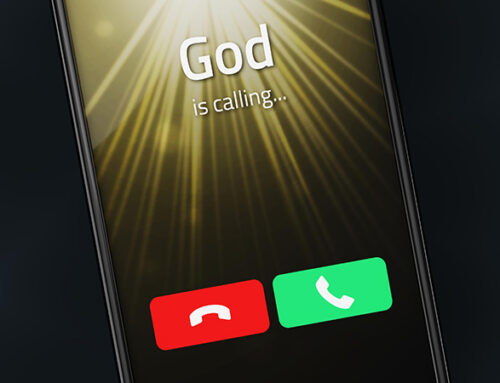
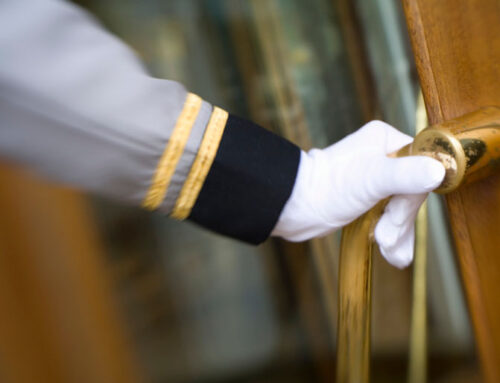
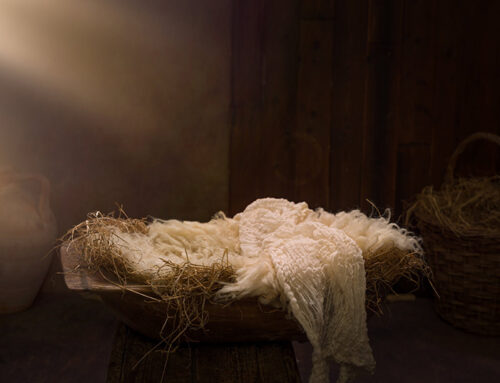







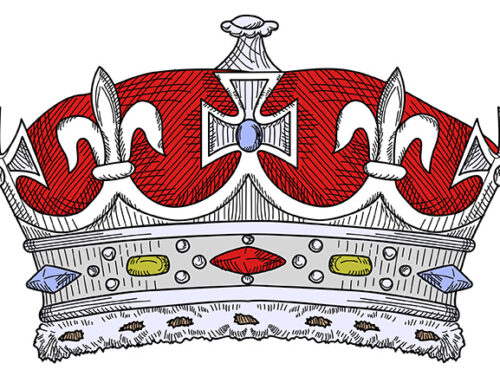


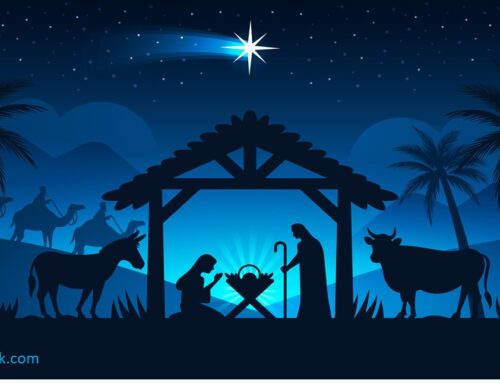







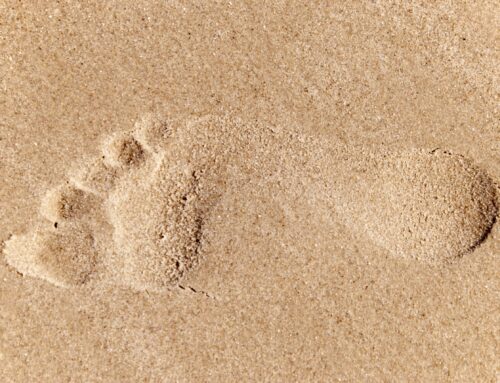



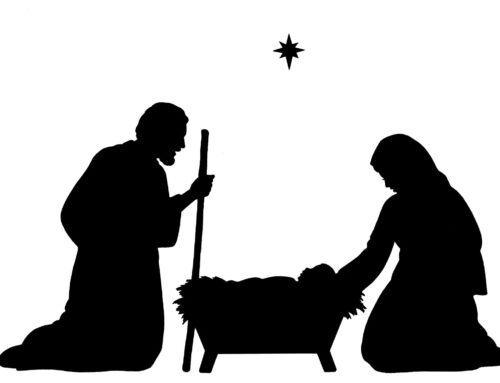





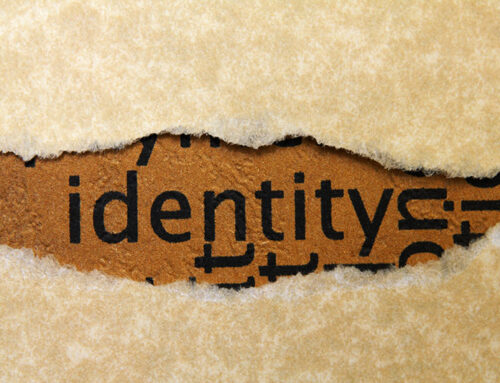

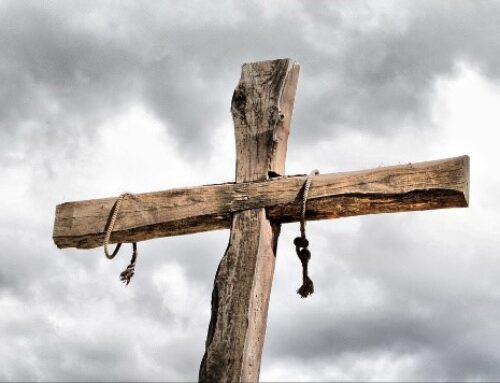












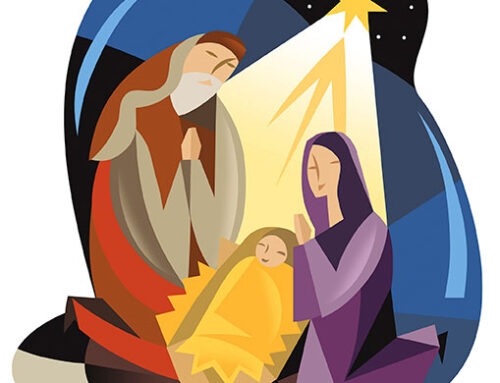




I’m excited about the hope of my own resurrection, and of rising up and out of sin.